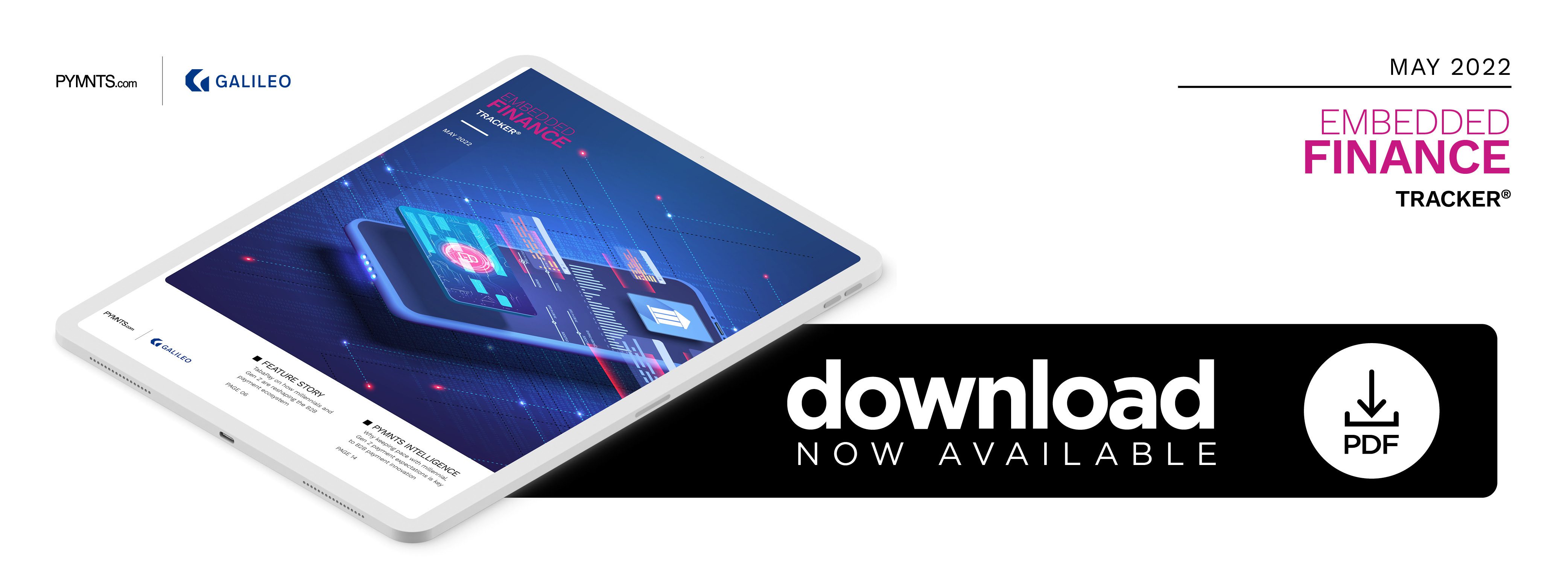As Millennials, Gen Zs Climb Corporate Ladders, Biz Payments Will Rise With Them

As millennial and Gen Z workers ascend to corporate boardrooms, they’re bringing their expectations for frictionless payments along with them and the opportunity to modernize the B2B ecosystem. In the “Embedded Finance Tracker,” TabaPay CEO and Co-Founder Rodney Robinson explains how companies can seize this opportunity and shape a faster, cheaper instant-payment reality.
As Generation Z and millennials scale the corporate ladder, they are bringing the same digital, frictionless and seamless online payment expectations that have driven their consumer purchasing preferences into the boardroom — a shift that is dramatically reshaping the business-to-business (B2B) payment ecosystem.
With nearly three-quarters of working United States millennials now involved in their companies’ purchasing, operational and organizational decisions, the same priorities that drive their business-to-consumer (B2C) payments choices — convenience, flexibility, speed, immediacy, transparency and simplicity — are quickly forcing companies to adopt solutions to “consumerize” their B2B ecosystems away from traditional payment processes. Amid that demand, embedded finance solutions are quickly gaining ground in the B2B space.
In a recent interview with Rodney Robinson, CEO and co-founder of TabaPay, PYMNTS took an inside look at how embedded finance is ushering in a new “faster and cheaper” instant payment reality. TabaPay provides companies and their customers with access to instant payments that are simple, low-cost and reliable.
“What we’re seeing among millennials who are in fairly senior positions in some of these digital bank companies or new lenders is that they want it easy,” said Robinson. “So from a service provider standpoint, that’s what we’re focused on: lower costs and high speed. Faster and cheaper: That’s the mantra.”
Embedded Finance Increases Transparency, Security
Another driving factor among the Gen Z and millennial demographics making B2B purchasing and payment decisions is an increasing call for transparency in pricing and technology. Robinson says TabaPay’s embedded financial tools deliver that transparency.
“In the old days, you used to get a [nondisclosure agreement] signed, and you get access to your application programming interfaces (APIs) and your pricing,” Robinson said. “Now, you publish on your website because folks want to shop before they speak, and so they want to see everything before they engage. And so it changes the business model and almost makes payments a commodity.”
Another value-add of embedded finance in the B2B space, Robinson said, is its ability to empower these businesses to control risk and add an additional layer of security.
“Our merchants drive us, and they’ve told us that they don’t want to take on the risks of receiving any payment credentials — a bank account or a card number, say — but they want to offer everything embedded within their application. And so we deliver different technologies within our API to enable developers and embedded finance companies to embed a seamless payment experience by leveraging TabaPay,” Robinson said.
Moving From Pull to Push
Robinson sees the future of the B2B payment ecosystem shifting from a pull-driven one, in which a merchant “pulls” money from a customer, to a push-driven dynamic, with the customer “pushing” money to businesses instead.
“A lot of payments we’ve seen have been ‘pull,’ where a merchant will pull money from a customer’s account, which increases risk,” he said. “Payments will go more toward ‘push,’ whether it’s real-time payments or digital currency, where the customer will push money to the merchant instantly, which would be a zero-risk, very low-cost payment versus the current methods, which are pulling money from a Visa or Mastercard, or a bank account. So it’s going to shift from ‘instant pull’ to ‘instant push,’ which is going to lower the risk and the cost.”
Companies that not only meet but also exceed the payment demands of these younger customers will more successfully attract and retain this key demographic. More importantly, they will set the foundation for a relationship that can build a bridge to long-term brand loyalty.
